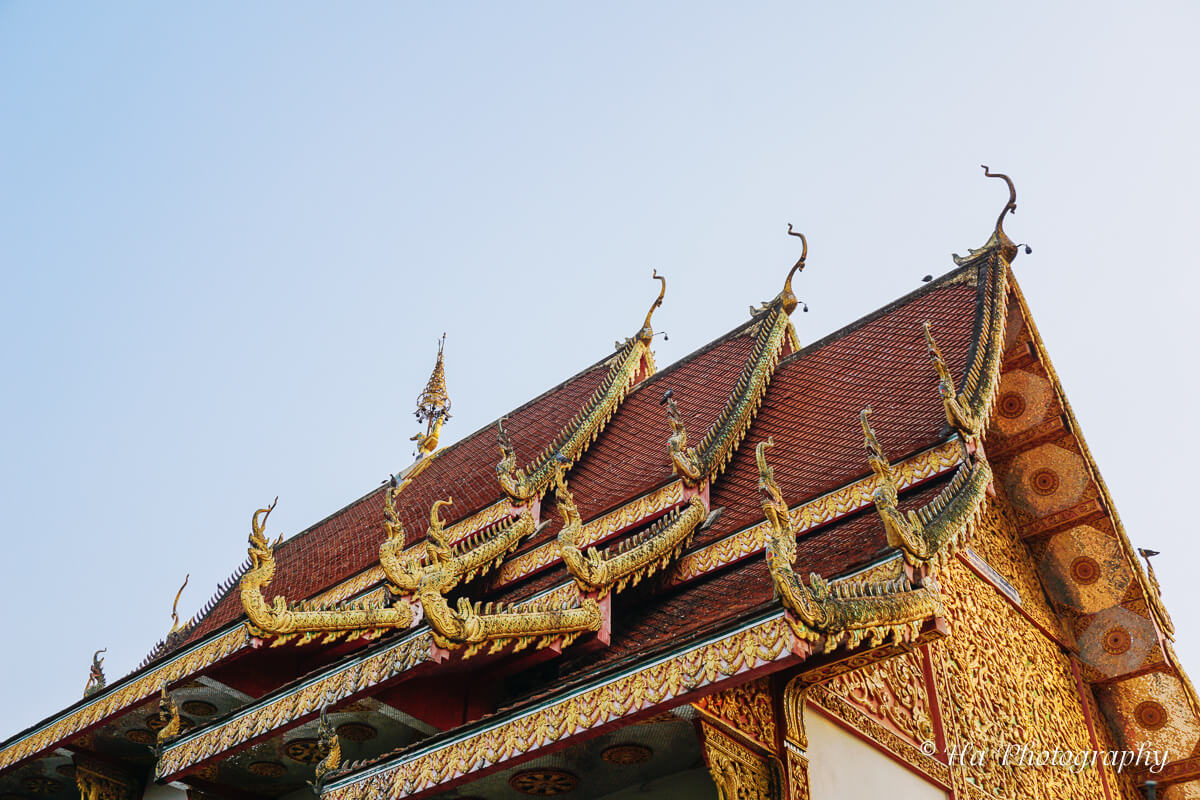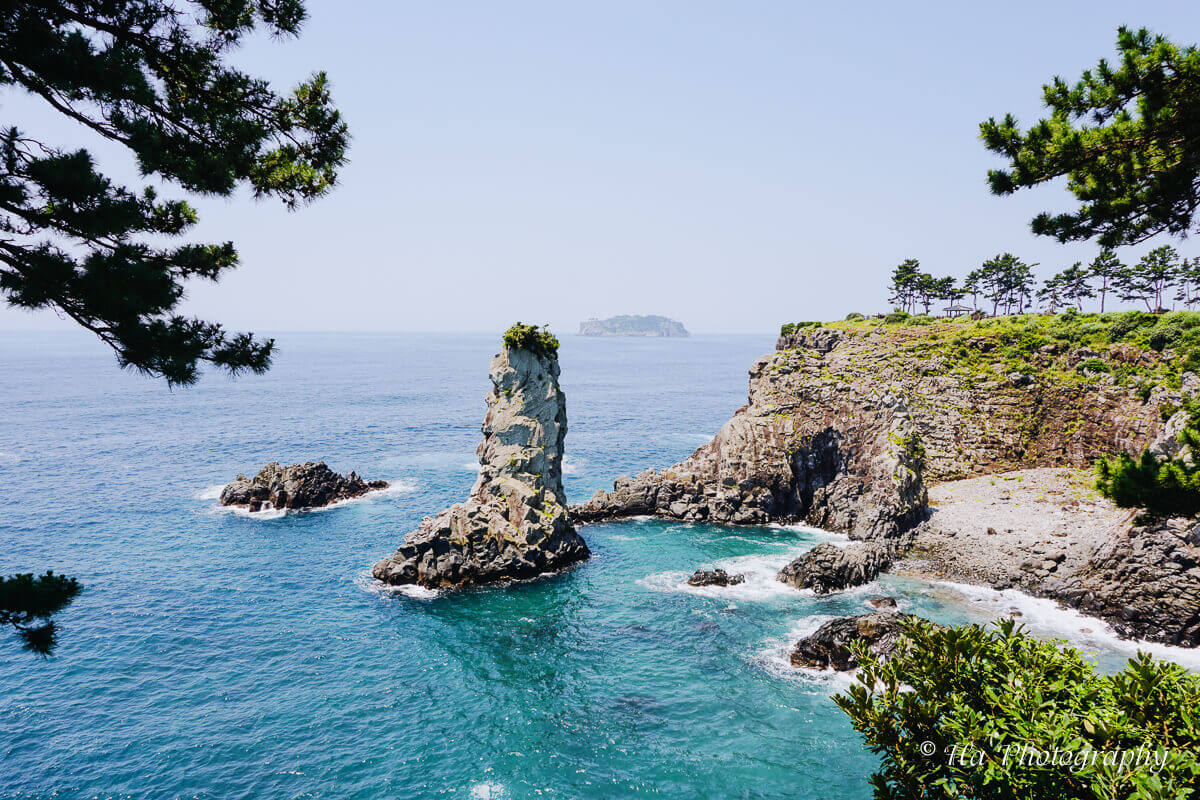Meiji Jingu: Tokyo’s Most Popular Spiritual Landmark
Located in the heart of Tokyo, Japan, Meiji Jingu is the city’s most famous spiritual attraction. The landmark enshrines Emperor Meiji and his wife – Empress Shōken, who greatly impacted Japan’s development.

About Meiji Jingu
Meiji Jingu is dedicated to the memory of Emperor Meiji, a famous figure in Japanese history with the reforms called the Meiji Restoration.
He was crowned Emperor in 1867, at just 15 years old, and was the 122nd Emperor of the Royal Family.
Emperor Meiji was the first modern Emperor of Japan. He had a significant impact on making Japan a modern nation and free from the danger of colonization of Western colonialism.
In 1920, eight years after the Emperor’s death, although he was buried in Kyoto, Meiji Shrine was built in Tokyo to commemorate and honor him as a deity in the Shinto religion. Empress Shōken, his wife, was also worshiped here.
- Address: 1-1 Yoyogikamizonocho, Shibuya, Tokyo, Japan
- Open hours: From sunrise to sunset

How to get to Meiji Jingu
Meiji Jingu Shrine is located in Yoyogi, Shibuya, Tokyo. The most convenient way is to use the Yamanote Line and get off at Harajuku Station.
After getting off at Harajuku Station, walk to the right about 100 meters. You will see the main entrance of the Meiji Jingu Shrine.
Meiji Jingu entrance fees and opening hours
- Meiji Shrine is free to enter at any time
- Treasure House is open from 9 am to 4:30 pm. The ticket price ¥ 500, until November 12 is closed at 16:00, visitors enter 30 minutes before closing.
- The Inner Garden is open from 9 am to 4:30 pm. Ticket price ¥ 500
In November and December, Treasure House and Inner Garden close at 4 pm, and visitors can enter 30 minutes before closing. In mid-June, both open one more hour.
Best places to stay near Meiji Jingu Tokyo
I love staying in the Shibuya area, as it’s one of the most bustling places in Tokyo.
Also, the location is very convenient because you can easily walk to Meiji Jingu or take a train to Harajuku Station within a few minutes.
Best time to visit Meiji Jingu
As the area is located within a forest, you can visit the shrine at any time.
The most popular time is Hatsumode.
Visiting the temple within the first three days of the new year is extremely important for Japanese people. An estimated 3 million visitors visit Meiji Jingu Shrine within the first three days of the new year.
Explore Meiji Jingu Shrine
The forest
When walking through the Torii gate, my first impression was a pleasant feeling, as if I had just stepped into another world.
While outside is a modern, vibrant and bustling Japan, the area was green and surprisingly peaceful.
It’s perhaps because Meiji Jingu was surrounded by vast dense forest. People donated about 100,000 trees from various regions across the country, and they were planted in the forest during temple construction.
With fresh nature, airy forests, this forest made me feel relaxed. In particular, I could spot Haiku poetry that Emperor Meiji read everywhere here.

The visitors
Continuing to look around, I saw that not only foreign tourists but also many Japanese people came here to visit.
However, Meiji Jingu welcomed the most tourists in the first days of the new year when the Japanese performed the Hatsumode ritual.
It’s the custom of asking for blessings at the beginning of the year at temples and pagodas.

Meiji shrine
The main buildings of the Meiji Shrine are located about a 10-minute walk from either the south gate near Harajuku station or the north door near Yoyogi station.
The temple’s entrance is adorned with large gates, behind which is the vast forest separating the temple from the noisy streets.

Meiji Jingu Treasure House
Going to the north of the temple, I found Meiji Jingu Treasure House, built a year after the temple was opened.
This house contains the personal belongings of the Emperor and queen, including the car that the king sat in during the declaration of the Meiji Constitution in 1889.
The Museum Building is on the east side of the main temple.
Inner park
A large area south of the temple is the Inner Park, which requires payment to visit.
The garden is most famous in mid-June when the iris flowers bloom.
A small well in the garden, called the Kiyomasa Well, was named after a shogun dug it about 400 years ago. The King and Queen visited this well while alive, becoming a “holy destination.”
The rituals at Meiji Jingu
Temizuya: The Cleansing Ritual
Like any Shinto shrine throughout Japan, before entering the main hall, visitors must perform hand-washing and mouth-washing rituals to purify body and mind at the Temizuya.
Guide to Temizuya cleansing
- Take the water ladle with your right hand, collect the water from the tank, use that water to wash your left hand first and then your right hand.
- Next, pour water into your left palm and wash your mouth.
- Finally, carefully set the ladle vertically so that the water left in the spoon flowed out outside before putting it back in its original position.
- Be careful not to drink water from the tap nor throw coins here.

Praying ritual
Before praying, bow two times and clap your hands. After praying, bow again.
If desired, you may place a few coins in the Saisenbako offering box before praying. These sacrifices offered to the gods are believed to help people reduce their sins.
Writing wishes on a wooden board
Shinto and Buddhist worshippers write prayers or wishes on Ema, small wooden plaques.
The ema are left hanging up at the shrine, where the kami (spirits or gods) are believed to receive them.

Weddings
Traditional Japanese wedding organization in Meiji Jingu is one of the features here.
The bride wears a white kimono, which symbolizes purity and purity. The groom wears men’s traditional Haori and Hakama.






I never been to Tokyo, but this place seems so peaceful, so different from what I expected Tokyo to be. I guess it is a breath of fresh air after a busy day visiting the city. Also I would love it so much to get the chance to see a traditional Japanes weddng here.
Thank you for explaining all the rituals, especially the Temizuya cleansing ritual. A lot of people don’t know them when they visit these kind of places. And Meiji Jingu seems the kind of place everyone would visit.
I have never heard about Meiji Jingu Temple in Tokyo.The Temple looks beautiful and its history is interesting.It is so unique ritual of writing wishes on Wooden boards.This temple looks so unique, thanks for sharing such hidden gems of Tokyo.
Meiji Jingu was one of many highlights when I first visited Japan many moons ago. I will never get sick of seeing photos of the sake barrels at the entrance. Although I have to say the walk into the temple area was quite far and I was surprised considering we are in a major city!
Thank you for such a nice and descriptive article. I love that you mentioned the rituals. When I come across some rituals on my travels I always wondered what they meant (I usually feel too shy to ask, why are people doing this or that).
Meiji Jingu seems an interesting place to explore. I would love to visit the temple compound (which seems huge btw) and watch people doing their religious habits. You have so much to learn by simply observing the locals.
I have for long wanting to get to Tokyo. So good to know Emperor Meiji was modern Emperor, it is important for leaders to keep up with changing times. How amazing that you honor him as a deity. I see some similarities like seeking blessings when new year starts.
This place looks beautiful. I love the tradition of writing your wishes on the wooden board and leaving it here for the Gods to see them. We have very similar traditions in India too! It would be totally amazing to get married here or atleast witness a traditional wedding here.
Meiji Jingu would be a must visit for me when visiting Japan. I would really like to visit the shrine and the inner garden. It would be incredible to see a wedding here as well!